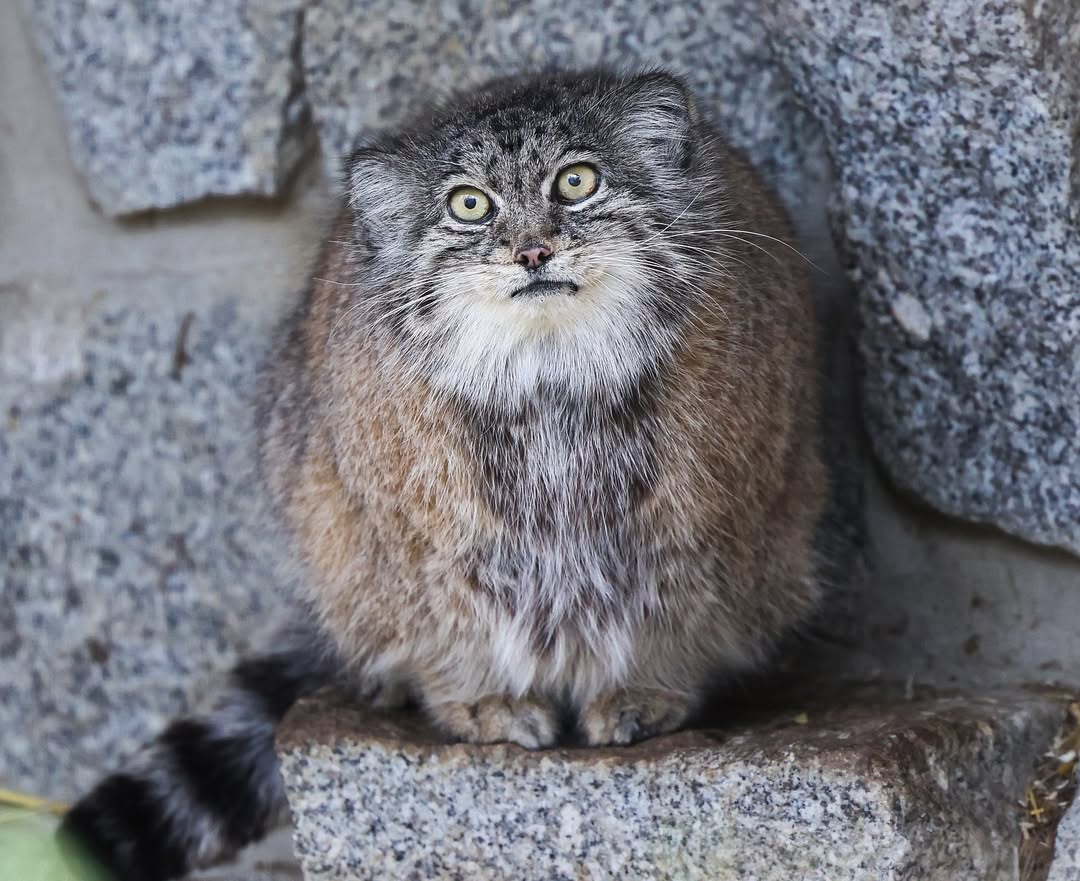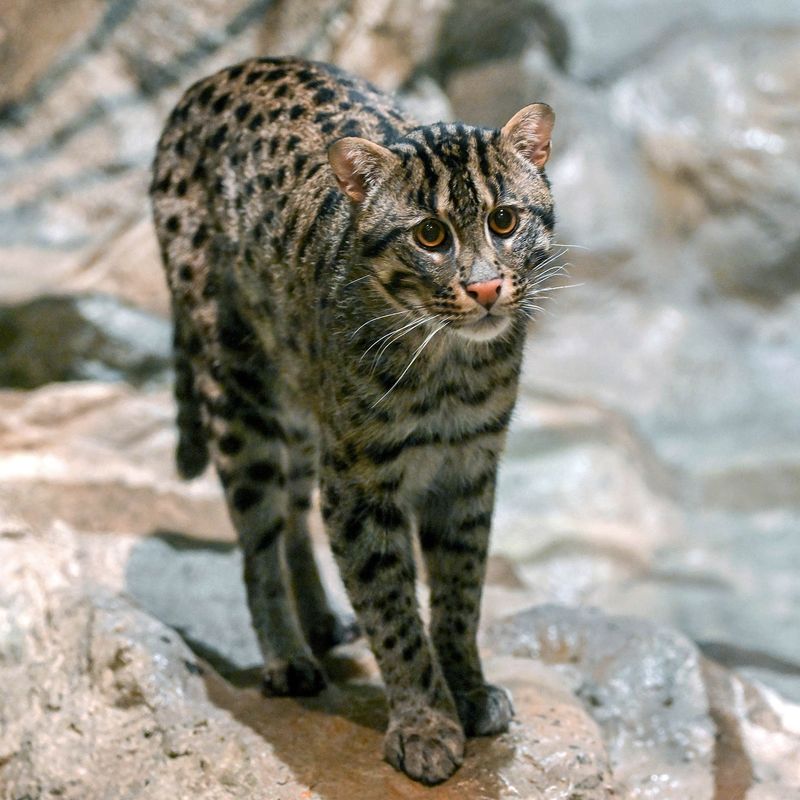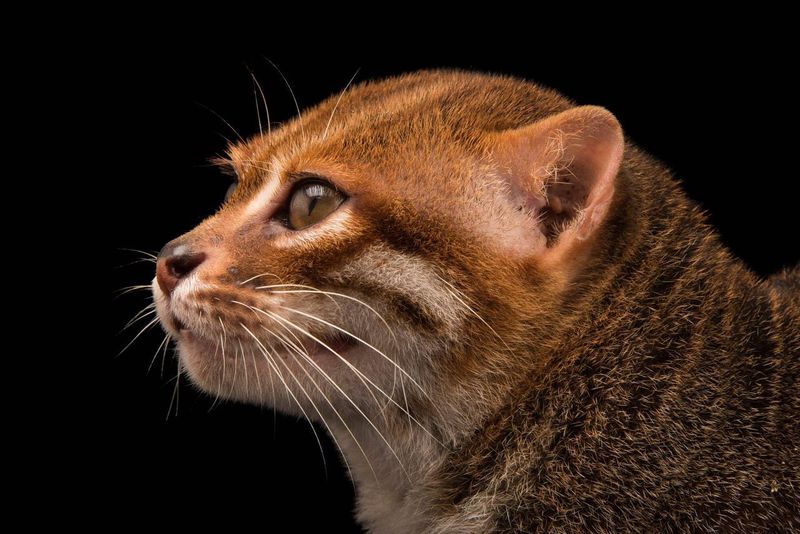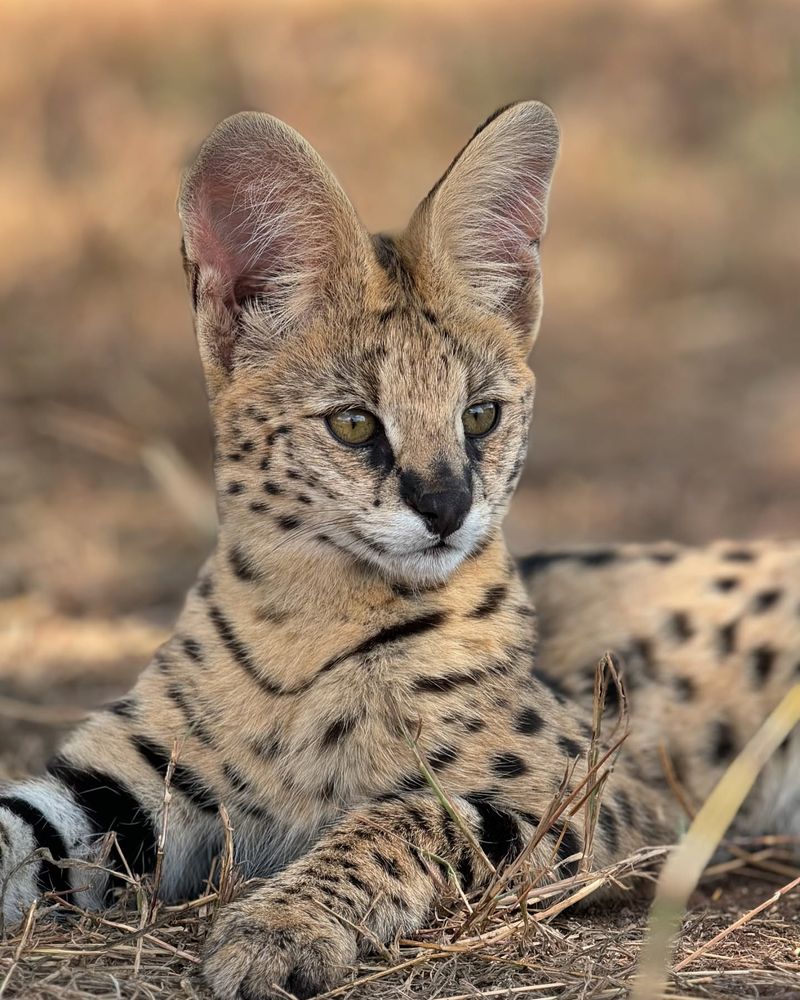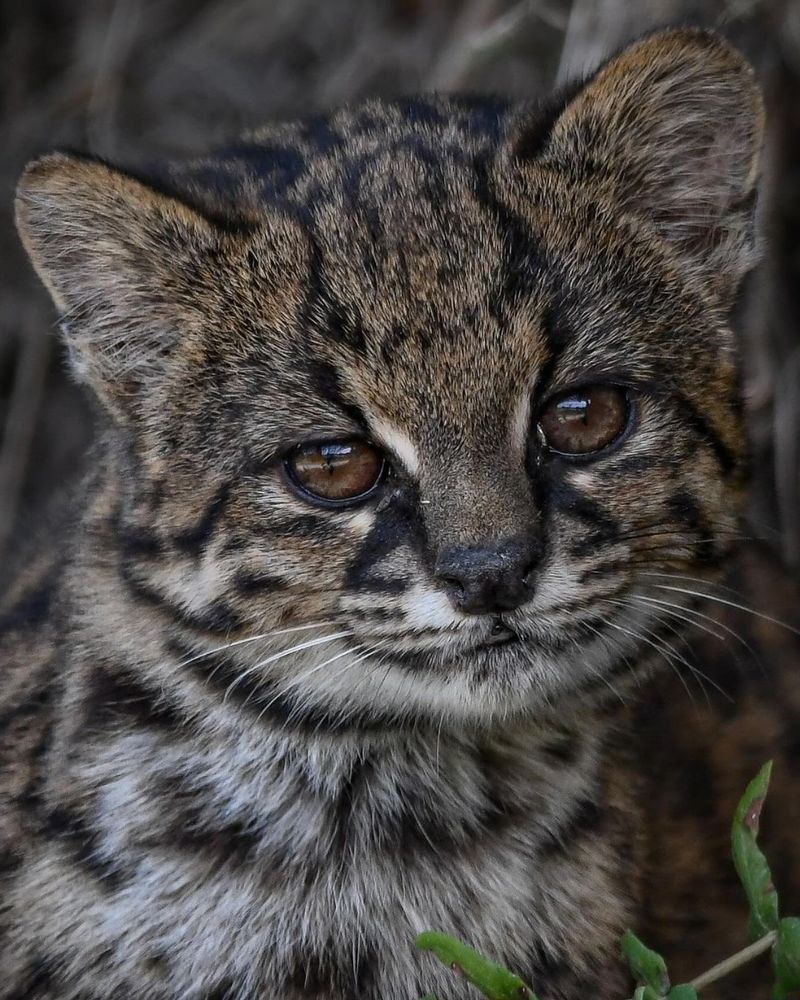📖 Table of Content:
The animal kingdom is filled with creatures whose names sound like they came straight out of a fantasy novel, and wild cats are no exception. From cloud-painted coats to eerily flat heads, some of these felines boast names so strange, they almost feel made up.
But behind every bizarre or whimsical name is a story—sometimes rooted in folklore, sometimes in colonial confusion, and often in the unique characteristics that set these cats apart from their cousins.
These names aren’t just odd—they’re reflections of the cultures, scientists, and indigenous communities that first encountered these cats in the wild. Explorers and naturalists often rushed to classify unfamiliar species, and the results were sometimes hilarious, sometimes poetic, and often completely wrong.
So, whether you’re a wildlife enthusiast, a cat lover, or just someone with a curiosity for the quirky, join us on a journey through the strange, stunning, and sometimes silly names of the wild cat world—and the wild stories behind them.
1. Jaguarundi
Native to Central and South America, the Jaguarundi got its name from a confusing case of mistaken identity. Early Spanish settlers combined two indigenous words—’yaguarundi’ and ‘mundi’—thinking this cat looked like a weird mix between a jaguar and a weasel!
Despite having a name that sounds mighty and fierce, Jaguarundis are actually small cats, only about twice the size of a house cat. Their long, sleek bodies and small heads do make them look somewhat weasel-like.
These unusual cats come in two color phases: a dark charcoal gray (called ‘blue’) and a reddish-brown (called ‘red’). Local people sometimes call them ‘otter cats’ because they swim so well.
2. Pallas’s Cat
Imagine discovering a new species and getting its entire classification wrong! That’s exactly what happened with Pallas’s Cat, named after German naturalist Peter Simon Pallas. In 1776, he mistakenly thought these fluffy felines were related to manul cats—an entirely different species.
Found across Central Asian mountains and grasslands, these grumpy-looking cats have the densest fur of any feline, with nearly 9,000 hairs per square centimeter! Their round pupils (unlike other cats’ vertical slits) give them a perpetually surprised expression.
Local Mongolian people call them ‘manul,’ meaning ‘small wild cat.’ Their stocky bodies and flat faces make them look like angry stuffed toys come to life.
3. Clouded Leopard
Sporting one of the most beautiful coats in the cat kingdom, the Clouded Leopard earned its poetic name from the cloud-like patterns decorating its fur. These large, blotchy markings resemble storm clouds, creating perfect camouflage in the dappled light of Southeast Asian forests.
What makes these medium-sized cats truly remarkable are their canine teeth—the longest relative to skull size of any modern cat! Their fangs are nearly 2 inches long and rival those of extinct saber-toothed tigers.
4. Fishing Cat
Sometimes a name tells you exactly what an animal does! The Fishing Cat earned its straightforward title because—you guessed it—it absolutely loves fishing. Unlike most felines who hate water, these specialized hunters dive right in, swimming underwater to catch prey.
Native to wetlands across South and Southeast Asia, these medium-sized cats have partially webbed feet and a double-layered coat that acts like a wetsuit. Their short, rudder-like tail helps them navigate through water with impressive precision.
Their dense, olive-gray fur is spotted with black, helping them blend perfectly with the reeds and water plants of their marshy homes.
5. Flat-Headed Cat
Poor Flat-headed Cat! This rare Southeast Asian feline wins the prize for most literal (and least flattering) name in the cat world. As you might expect, it has an unusually flattened forehead and skull that makes it look perpetually surprised.
These small cats live near water in lowland forests and have adapted specifically for catching aquatic prey. Their teeth are unusually sharp and backward-pointing—perfect for gripping slippery fish and frogs!
Scientists didn’t officially document them until 1874, but local fishermen had long known about these strange-looking cats. Their eyes are set unusually far forward on their flattened face, giving them excellent depth perception for hunting in water, while their ears are set lower on the sides of their head.
6. Oncilla
The Oncilla gets its name from a Spanish diminutive of ‘onza’ (jaguar), essentially meaning ‘little jaguar’—despite not being closely related to jaguars at all! This small spotted cat from Central and South America weighs just 3 pounds but sports a coat that looks like a miniature version of its much larger cousins.
Scientists are still debating whether different populations are separate species. Northern Oncillas can’t successfully breed with Southern Oncillas, suggesting they’ve been separated for thousands of years!
Local people call them ‘tigrillo’ or ‘little tiger’ in some regions. Their beautiful spotted coats have made them targets for the illegal fur trade, with one coat requiring up to 30 individual cats—a tragic price for their striking appearance.
7. Serval
With legs so long they look like they belong to a different animal, the Serval got its name through a historical game of telephone. The word likely originated from the Portuguese ‘lobo-cerval’ (lynx), which itself came from Latin ‘lupus cervarius’ meaning ‘wolf-like deer hunter’—even though Servals hunt rodents, not deer!
These African savanna cats can leap over 9 feet high to pounce on prey they detect with their enormous satellite-dish ears. Their success rate for hunting is an impressive 50%—better than lions!
Ancient Egyptians worshipped Servals as sacred animals, and they appear in tomb paintings dating back 4,000 years.
8. Kodkod
The smallest wild cat in the Americas goes by the strange name ‘Kodkod,’ borrowed directly from the Mapuche indigenous language of Chile. Linguists debate its original meaning, but some believe it mimics the cat’s unique vocalization—a distinctive ‘kod-kod’ sound it makes when alarmed.
About the size of a house cat, Kodkods live only in central and southern Chile and a tiny slice of Argentina. Their limited range makes them one of the most geographically restricted cat species in the world!
Chilean farmers call them ‘güiña,’ and many believe these tiny predators have magical powers. Their dark, heavily spotted coats help them vanish into forest shadows, where they hunt birds, lizards, and rodents with silent precision.


